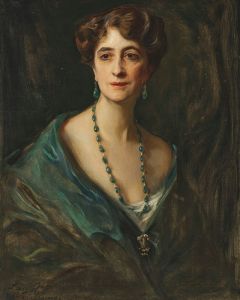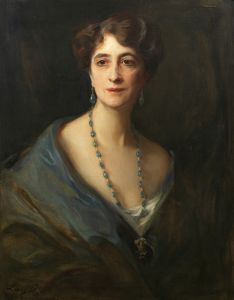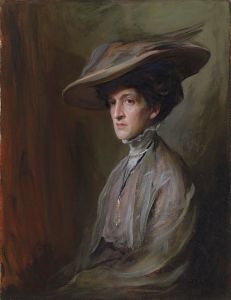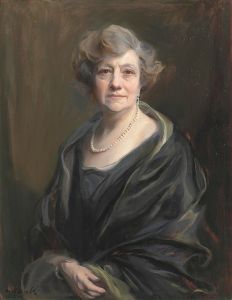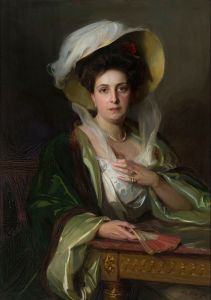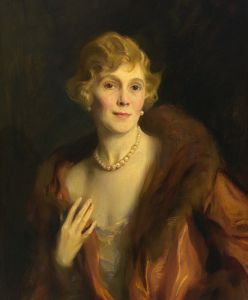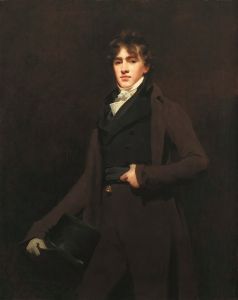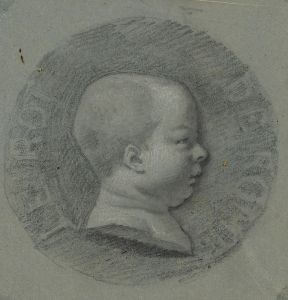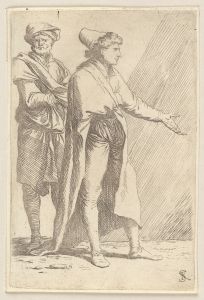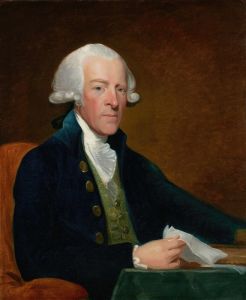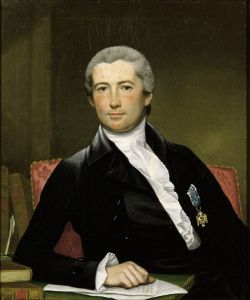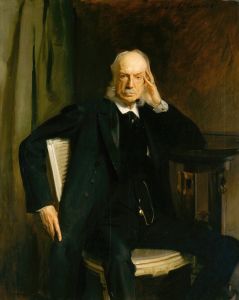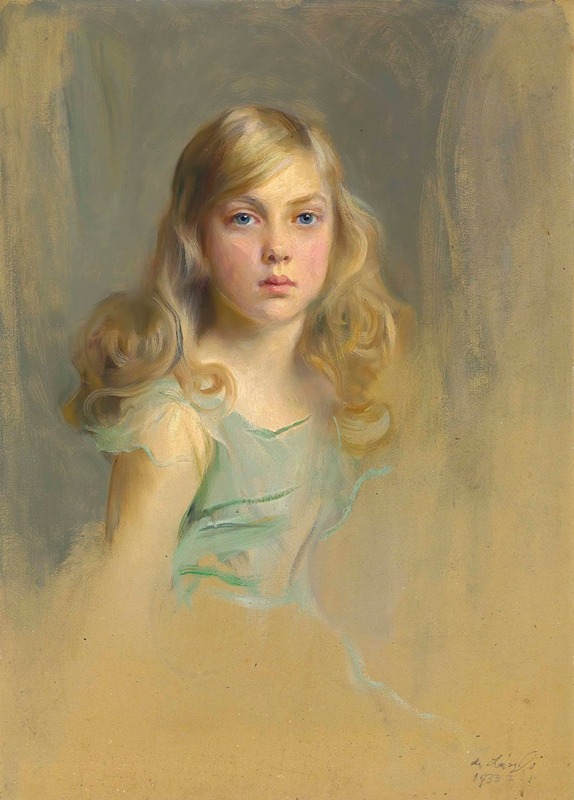
Portrait of the Hon. Esmée Mary Gabrielle Harmsworth, later Countess Cromer, aged nine
A hand-painted replica of Philip Alexius de László’s masterpiece Portrait of the Hon. Esmée Mary Gabrielle Harmsworth, later Countess Cromer, aged nine, meticulously crafted by professional artists to capture the true essence of the original. Each piece is created with museum-quality canvas and rare mineral pigments, carefully painted by experienced artists with delicate brushstrokes and rich, layered colors to perfectly recreate the texture of the original artwork. Unlike machine-printed reproductions, this hand-painted version brings the painting to life, infused with the artist’s emotions and skill in every stroke. Whether for personal collection or home decoration, it instantly elevates the artistic atmosphere of any space.
Philip Alexius de László, a renowned Anglo-Hungarian portrait painter, created the artwork titled Portrait of the Hon. Esmée Mary Gabrielle Harmsworth, later Countess Cromer, aged nine in 1928. This painting depicts Esmée Mary Gabrielle Harmsworth, who was the daughter of Esmond Cecil Harmsworth, 2nd Viscount Rothermere, a prominent British newspaper proprietor and politician. At the time of the portrait, Esmée was nine years old. She would later become the Countess Cromer through her marriage to Evelyn Baring, 4th Earl of Cromer, in 1942.
De László was celebrated for his ability to capture the character and elegance of his sitters, and this portrait is no exception. The painting showcases the young Esmée in a formal yet natural pose, reflecting both her youth and her aristocratic background. De László's skillful use of light and color emphasizes the subject's delicate features and the texture of her clothing, hallmarks of his distinctive style.
The portrait is an example of de László's work during the later period of his career, when he was widely sought after by European and British nobility. His portraits often served as records of prominent families and individuals, blending artistic excellence with historical documentation. This particular painting is notable for its depiction of a young girl who would later play a role in British aristocratic society.
The current location of the painting is not widely documented in public records, and further details about its provenance or exhibition history are not readily available. However, it remains an important example of de László's contribution to portraiture and his ability to capture the essence of his subjects.






